
The Business of Fashion
Agenda-setting intelligence, analysis and advice for the global fashion community.

Agenda-setting intelligence, analysis and advice for the global fashion community.

What has historically been the world’s largest human migration has kicked off again. But this time there’s a catch.
Chunyun, the 40-day holiday Spring Festival period surrounding Lunar New Year, typically sees Chinese people make up to 3 billion trips home to their families. It also doubles as one of the market’s most lucrative sales periods thanks to gift-buying customs, benefitting high-street players, luxury brands and travel retail operators alike.
This year, Chunyun winnings hang in the balance. Covid-19 flare-ups in January saw the country report over 100 cases per day for more than a week (its highest rate since March), impose a partial lockdown on high-risk areas and urge people across the mainland not to make any unnecessary trips. Local companies and authorities are even offering money and vouchers to incentivise people to stay put. The Ministry of Transport revised an earlier estimate that 1.2 billion trips will be made over the holidays; it now forecasts that at 1 billion trips, travel during the new year will hit a three-decade low.
It’s safe to say that, for global brands, many of which have hedged their bets on the Chinese market and specifically on New Year spending, the news is unwelcome. Before infections spiked in January, the country’s domestic travel retail sector was booming. In July 2020, Beijing loosened duty-free allowances on the duty-free destination of Hainan, which has since become a magnet for investment by local and global duty-free giants looking to cash in on domestic travel retail on the tropical island.
ADVERTISEMENT
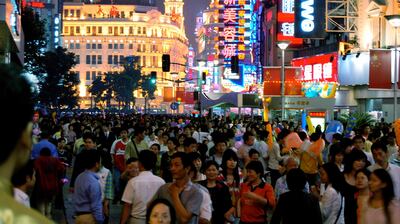
Last October’s Golden Week holiday saw Chinese take 637 million trips — almost 80 percent of the number taken in 2019 — and spend over 466 million yuan ($72 million). Photos of long queues outside luxury boutiques in malls like Hainan’s Haitang Bay Duty Free Shopping Complex made rounds on social media, while KOLs on platforms like Xiaohongshu shared tips and tricks on scoring deals in the duty-free mecca.
With people urged to stay at home and large social gatherings discouraged, how big of an impact should brands and travel retail operators prepare for? The bigger question is whether this will merely be a blip in China’s wider recovery from the pandemic, or a taste of what’s to come in the long term.
A February in flux
Last month, Trip.com chief executive Jane Sun assured CNBC of her confidence in the mainland travel sector’s long-term recovery due to progress made in rolling out the Covid-19 vaccine (according to ABC, Beijing aimed to vaccinate 50 million before Lunar New Year) and heightened public awareness. “We are hoping that the winter season is the low point,” she said. “When we move into the spring season and summer season, the recovery will continue.”
The authorities are still expecting a significant number of people to attend family reunions and travel to their hometowns. During a State Council executive meeting in December, Chinese Premier Li Keqiang acknowledged that many are still likely move ahead with plans and outlined measures such as contactless ticket sales, staggered schedules and extended bus services to mitigate contagion.
There might be a flare up here and there but it won’t go out of control like we’ve seen in other countries.
A decline from 3 billion to 1 is no small matter. But Eudes Fabre, chief executive of Lagardère Travel Retail (which in January announced its partnership with Hainan Tourism Investment Development to open the second-largest downtown duty-free store in Sanya) is optimistic that the current roadblock will be short-lived. “There might be a flare up here and there but it won’t go out of control like we’ve seen in other countries,” he said.
Last November, Lagardère opened eight fashion and beauty stores for the likes of Burberry, Gucci, Shiseido and Givenchy in Shanghai and Shenzhen airports. When it comes to domestic travel through airports and train stations, the bulk of Lagardère’s customers are business travellers, meaning sales are expected to slow down for the better part of the month even under better conditions.
For “downtown” duty-free stores, however, expectations were set higher. “It’s true that the traffic in Hainan will be significantly less than expected,” said Fabre. “However we’re still seeing decent traffic on the island and decent traffic in stores, just not the huge crowds that could’ve been [there] otherwise.”
ADVERTISEMENT
After China’s lockdowns last year, Hainan became a linchpin in Beijing’s goal to kickstart consumption. Big policy moves — from extending offshore duty-free allowances to expanding eligible categories for onshore buys to allowing goods to be delivered to shoppers’ homes — and investments could insulate the island from a bigger hit to travel, not to mention the nation-wide testing and vaccination schemes boosting confidence in the sector’s recovery.
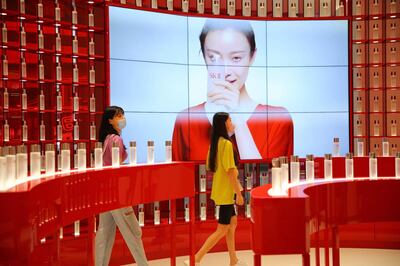
Brands could even see cancelled travel plans turn into a form of “revenge buying” through online channels, said Mario Ortelli, managing partner of luxury advisors Ortelli & Co, along the lines of, “I’m stuck at home but at least I’ll buy myself a good bag,” he said. Ortelli, too, sees potentially lacklustre Chunyun returns as inconsequential in the long term when considered against the backdrop of Chinese travel spending power.
Where 2020 ended up being a “banner year” for Lagardère’s China business, Fabre is confident that what the retailer loses in the first half of 2021 will be made back during the second. Across the company’s China business, sales in the second half of 2020 were up over 50 percent compared to the same period in 2019. “We’re not concerned about the full-year outlook, on the contrary we think 2021 is going to be a very strong year in China,” he said.
Think long haul
The prospect of a dampened Lunar New Year sales period hasn’t deterred other duty free players from moving ahead with plans in Hainan.
In January, Swiss duty-free giant Dufry inked a strategic partnership with state-owned Hainan Development Holdings, which will manifest as a 38,920 square meter store in Hainanese capital Haikou’s Mova Mall. Meanwhile, LVMH-owned DFS Group and partner Shenzhen Duty Free Group this week unveiled the first phase of their new downtown duty free shopping complex in Haikou Mission Hills, one of the island’s many resorts. The new location totals around 30,000 square meters and includes DFS’ largest beauty hall.

Individual brands have also identified Hainan as a major opportunity to offset losses being suffered outside the China market. Moschino, for example, already runs one duty-free store in Sanya city and plans to open at least three more this year.
To be sure, Hainan isn’t the only option when it comes to duty free — Macau is another stronghold for the likes of DFS and Shanghai made up 36 percent of China Tourism Group Duty Free Corp’s revenue in the first half of 2020. And it goes without saying that airports and train stations in travel hubs like Shanghai, Beijing and Guangzhou are valuable hotspots for brands wooing Chinese jetsetters.
ADVERTISEMENT
Fabre notes that for brands looking to clamp down on daigou sellers, travel retail is one way of forging a more direct channel to customers seeking prices one would find overseas without unlicensed intermediaries, while tapping into the experiential value of a trip.
Brands shouldn’t assume that a storefront in duty-free hubs will have the same staying power as flagship boutiques in Shanghai and Beijing.
“You have to go where they go,” said Ortelli. “Right now, it makes sense for brands to have a presence in Hainan. In five years time, that might change.”
Be where it matters
Though e-commerce giants like Alibaba have shown interest in travel retail (in October the company announced it would buy up to a 10 percent stake in Dufry), e-commerce remains relatively nebulous among duty-free players. For Fabre, digital tools drive around 20 percent of Lagardère’s transactions and are more of an omnichannel asset when it comes to growing customer loyalty and anticipating in-store visits. For example, the retailer has granted its 2 million digital members access to its VIP lounges scattered across key airports in the mainland.
When it comes to physical stores, brands looking to move into or grow their presence in China through travel retail must be mindful when it comes to positioning, said Ortelli, who advised brands to keep the ambience and experience consistent with their stores elsewhere and avoid brand dilution.
Fabre urged brands to think of travel retail as a touchpoint for customers from smaller cities with no exposure to physical flagship stores, which he said accounts for up to a third of passengers in the average airport located by a top tier city.
“Even brands with a huge network of stores in China maybe have 200 stores at most,” he said. “How can you cover a market this big with 200 doors? You can’t.”
时尚与美容
FASHION & BEAUTY

Shanghai Fashion Week Postponed
China’s most prominent fashion week, which was slated to begin its run at the end of March, is reportedly pushing its start date back to the start of April. Participants, including designers and those involved in trade fair events concurrent with Shanghai Fashion Week, have been advised that the date is changing, but Shanghai Fashion Week has yet to make an official announcement. A Shanghai Fashion Week Organising Committee spokesperson told BoF when contacted for comment that he was still unsure of the final dates, and when there were specific details about a new confirmed date, “a formal announcement will be made to the public”. (BoF)
Chinese Intimates Giant Aimer Plots IPO
The country’s Securities Regulatory Commission has announced its approval of Aimer’s request to go public. The 40-year-old Beijing-based lingerie maker caters to China’s high-end market, which has become competitive in recent years as digitally-savvy local brands challenge global labels like Victoria’s Secret and La Perla on their home turf. Three homegrown underwear brands have already listed: Huijie Group, Embry Group and Cosmo Lady. According to local media outlets, Aimer is looking to raise 761 million yuan (around $117 million) to strengthen its marketing and data capabilities as well as invest in production in Vietnam. (BoF)
科技与创新
TECH & INNOVATION
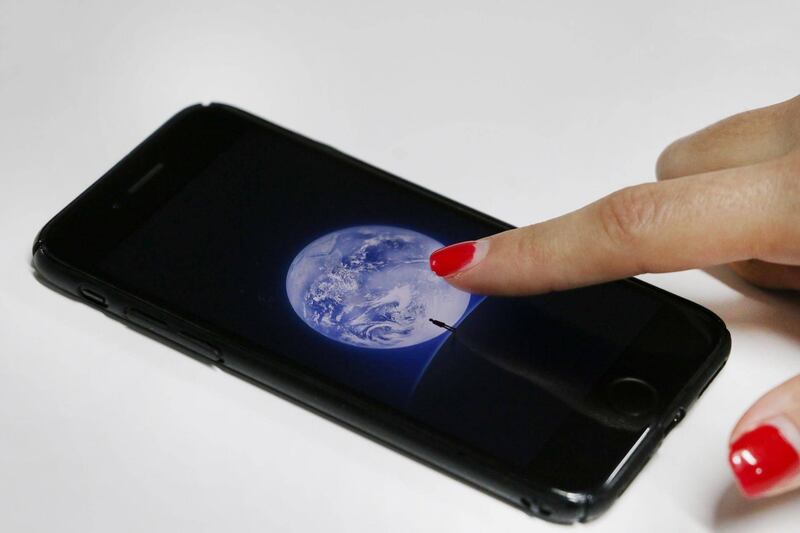
New Rule Cracks Down on China’s Self-Publishing Space
The country’s self-publishers are a legion of uninstitutionalised, independent journalists and content creators that have managed to thrive, albeit cautiously, despite Beijing’s control of the news. Covering topics from fashion to politics, the creators, also known as “we media” locally, manage public accounts on apps like WeChat, which hosts around 20 million of them. But a new regulation seeks to rein them in. Accounts providing online news will need to obtain an Internet News Information Permit and other accreditation; notices have already been sent to publishers across platforms including WeChat, Weibo, Baidu and Sohu. The move could extinguish China’s vibrant self-publishing landscape, particularly when it comes to political coverage. (Techcrunch)
US Investors Chase China Tech
US and China-based venture capital firm GGV, which has backed businesses like Bytedance and ride hailing app Didi Chuxing, announced Thursday that it had closed a $2.5 billion funding round. The capital raise — the largest in GGV’s 20-year history — is just one of many recent efforts made by companies from the US and other countries to tap into China’s tech scene as their local economies remain stagnant. A few days before GGV’s announcement, Beijing-based Qiming Venture Partners (an investor in food delivery giant Meituan and phone maker Xiaomi) a Beijing-based VC firm that has invested in food delivery app Meituan and smartphone maker Xiaomi, said it had closed a 2.9 billion yuan (around $448 million) round, just months after a $1.2 billion raise in September. (Technode)
消费与零售
CONSUMER & RETAIL
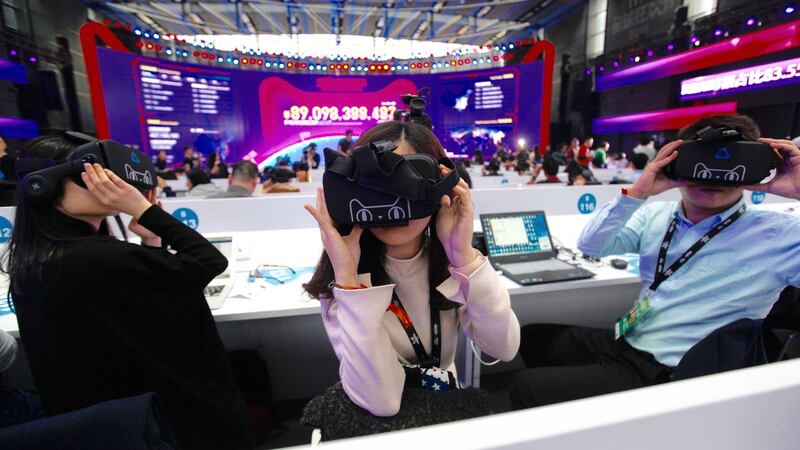
Alibaba Beats Quarterly Revenue Estimates
The group beat Wall Street estimates for third-quarter revenue on Tuesday, as its e-commerce business benefited from a switch to online shopping triggered by the Covid-19 pandemic. Revenue rose 37 percent to 221 billion yuan (around $34 billion) in the last quarter of 2020, above analysts’ estimates of 214 billion yuan, according IBES data from Refinitiv. Alibaba’s marketplaces drove core commerce revenue up 38 percent to a record high 195 billion. The results come in the wake of Chinese regulators’ crackdowns on Alibaba and the suspension of affiliate Ant Group’s blockbuster $37 billion IPO. (Reuters)
Brands Need to Grow their Retail Footprints in China
As the west shifts away from physical retail, the opposite is happening in China. Not only have younger shoppers gotten nostalgic for face-to-face experiences after months of social distancing, “retailtainment” is making the store a more exciting place to be and shop in. The likes of Burberry have transformed stores into lounges where customers can interact with products physically as well as through social media. But this doesn’t mean brands should be blindly opening new storefronts: location (think airports, or up-and-coming area in a lower tier city) and format (linking up online and offline activations) are necessary to differentiate brands from their competitors. (Jing Daily)
政治、经济、社会
POLITICS, ECONOMY, SOCIETY
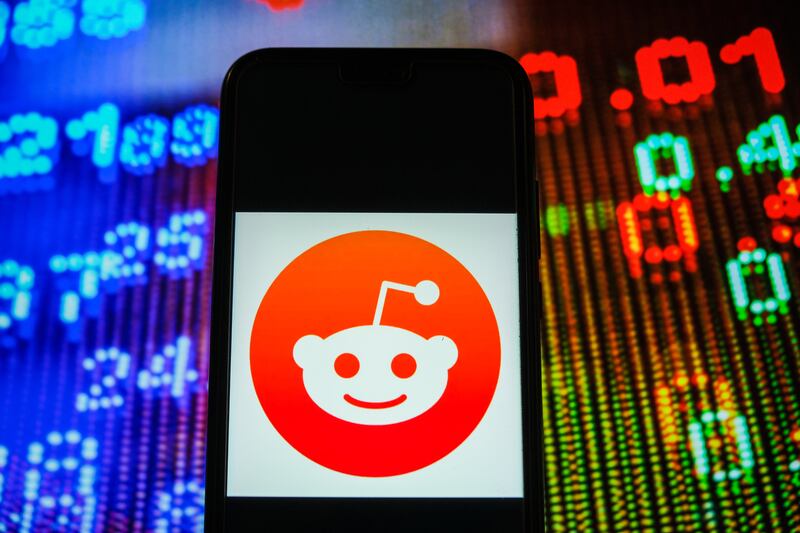
Chinese “Leeks” Stand With Gamestop Stock Buyers
Chinese netizens reacted to the news of individual American day traders taking on Wall Street hedge funds by buying into ailing stocks like Gamestop with words of solidarity. The investors self-deprecatingly identify as “leeks”: “like the green vegetable, they can be harvested repeatedly, and are grown, cut, and tied into bunches by forces beyond their control.” One user wrote, “This feels like the proletariats around the world are coming together and rebelling.” (SupChina)
New Zealand Caught Between China-Australia Tensions
Following the free trade agreement signed last week between New Zealand and China, could the former help ease tensions between Beijing and countries like Australia and the US? Not yet. New Zealand’s minister Damien O’Connor set off sparks when he suggested that if its neighbour showed respect and increased diplomatic efforts, it would be able to forge a similarly beneficial relationship and thaw recent tensions between Beijing and Canberra. O’Connor then made a call to Australian trade minister, Dan Tehan to ease tensions, while Chinese state media urged Australia to follow New Zealand’s lead as opposed to being “filled with hostility toward China’s rise.” (The Guardian)
China Decoded wants to hear from you. Send tips, suggestions, complaints and compliments to our Shanghai-based Asia Correspondent casey.hall@businessoffashion.com.
With consumers tightening their belts in China, the battle between global fast fashion brands and local high street giants has intensified.
Investors are bracing for a steep slowdown in luxury sales when luxury companies report their first quarter results, reflecting lacklustre Chinese demand.
The French beauty giant’s two latest deals are part of a wider M&A push by global players to capture a larger slice of the China market, targeting buzzy high-end brands that offer products with distinctive Chinese elements.
Post-Covid spend by US tourists in Europe has surged past 2019 levels. Chinese travellers, by contrast, have largely favoured domestic and regional destinations like Hong Kong, Singapore and Japan.